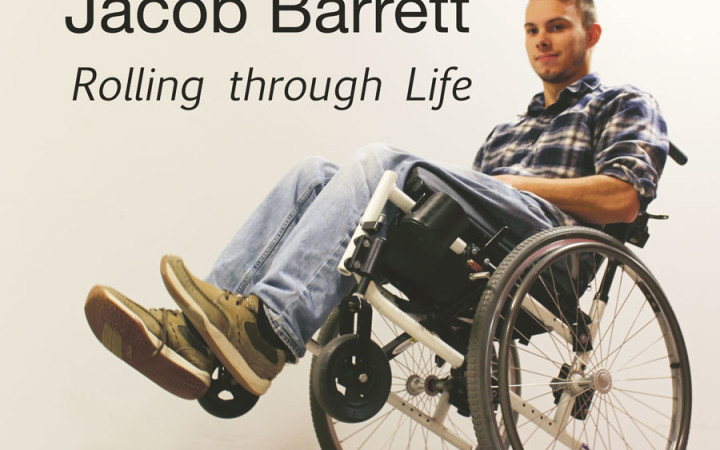Horror stories of overdoses, arrests and family turmoil have been tied to the notion to always say no to drugs. But what happens when you get the green light to use them from parents, doctors and the law?
Prescription drugs have been under great scrutiny for a long time, especially painkillers.
The reason why is easy enough to understand: people are getting hooked on the stuff.
While much of the talk surrounding opioids revolves around pills ending up on the street and being obtained illegally, perhaps the biggest and the hardest problem to spot stems from when the drugs are obtained for legitimate reasons from doctors tasked with treating patients. Trust me, I know.
I’ve been on quite a bit of painkillers since I was very young, mostly because of surgeries. While having surgically broken femurs, broken and titanium-fused vertebrae and others would justify the use of heavy duty stuff like Morphine, Valium, Percocet, Codeine or a cocktail of any of those medications, that doesn’t eliminate the risks that go along with taking them.
The side effects of these medications are almost worse than the pain that they block.
Nausea, memory loss, liver damage, hallucinations, mood swings, loss of appetite, and more. It’s scary.
One time, while recovering from surgery on some sort of concoction of medication, my caregivers came into my bedroom carrying my food.
They seemed normal enough, I could hear their voices, but couldn’t see their mouths.
They were headless. It wasn’t fun, and it was nothing like the Nightmare Before Christmas.
It sounds silly, but it was terrifying. I had a panic attack, my heart beat out of my chest, and every time I tried to readjust my vision, nothing changed.
After they left I vomited and didn’t eat for the rest of the day.
I was 14.
When I healed, I stopped taking the drugs, and after months of regimented consumption of the synthetics, going without was rough. Cold sweats, the shakes and nightmares almost every night.
The withdrawals were something I didn’t understand at that age, but I felt every bit of them.
If I were older, it’s hard to say I wouldn’t try to stop the sickness with more of what got me there in the first place
Now I still have pain on occasion, but I’m on the softer stuff, not as strong or as harsh.
Being older, I’m able to choose how much and when to take the tiny but dangerous pills, and I try to keep my intake in check to prevent another headless human incident or a stint of withdrawal.
So far so good.
That’s not to say that the drugs I take now don’t cause their own, new set of challenges.
The orange bottle on my dresser reads, “Take one tablet every six to eight hours as needed for pain.” Doctor’s orders.
The problem with that is that instead of lying around in a hospital bed watching TV all day,I have to go to class, do homework and actually do things that will have consequences if I do them halfheartedly.
The pain doesn’t stop because I’ve got obligations, and neither do the pills.
When I do take them, I have trouble staying focused in class, staying motivated to do homework, lose my train of thought and my voice drops an octave.
My singing in the shower has gotten awful. That’s a lot of sacrifice for a little relief.
I have recently come to the conclusion that the pain is normally tolerable.
What’s not tolerable is not giving the classes that my parents and I are paying a fortune for my best effort.
Instead of just relying on a few milligrams of Codeine to take the edge off, I do a little extra physical therapy.
As a result, school’s gotten better and overall I’m a much happier person.
As Billy Madison once said, “Yahoo for School! Yahoo for Me!”
Everybody has a crutch, and maybe it really is drugs, but at some point there’s a moment when you realize you can walk without it.
I finally got rid of one of mine; two more to go (although those two are actually real crutches, if I get rid of those I’ll fall down).
Baring that weight on your own is going to hurt at first, but it really is true what they say.
No pain, no gain.
Jacob Barrett can be contacted at jbarrett@kscequinox.com

